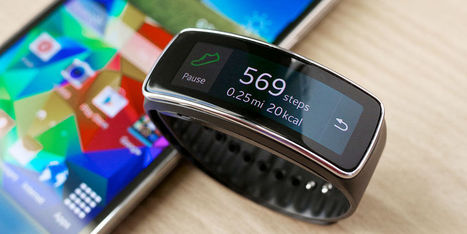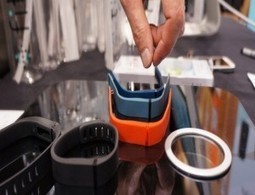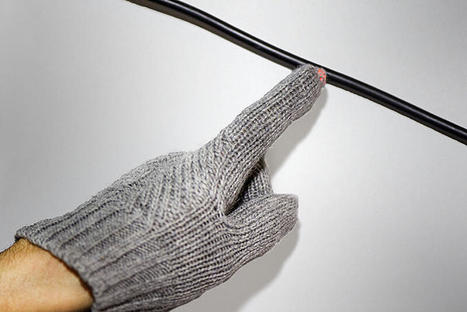Sustained engagement is emerging as the key challenge for companies developing wearable devices and complementary services. What these companies may not be aware of is the importance of habit formation, social motivation, and goal reinforcement. These three factors, drawn from behavioral science, contain the secrets to successful wearable products and related services that get used and deliver real value.
A failure to engage
A surprising percentage of devices in the market fail to achieve even short-term engagement for many users because they suffer from one or more fatal user experience flaws.
Product design teams typically work toward nine baseline criteria that must be met to drive initial adoption and use: selectability, design, out-of-box experience, fit/comfort, quality, user experience, integration ability, lifestyle compatibility, and overall utility.
Many current devices fail on one or more of these criteria by breaking, failing after a shower, pulling the hairs off your arm, running down quickly, or being a pain to sync with your smartphone. Sadly, the growing number value-added services designed to exploit the data these wearables provide and their open APIs also suffer from similar problems with user experience.
Beyond traditional design criteria
However, even if these criteria are satisfied, they are not sufficient to drive long-term use. Traditional product design criteria are only part of the key to developing successful wearable products and services.
Devices and services that help wearers change their habits also promote sustained behavior change and lead to long-term health. Behavioral science offers three other critical factors that can lead to the development of successful wearable products and related services.
Key factor #1: habit formation
Sustained engagement with a wearable device or complementary service depends on its ability to help the user form and stick with new habits. Psychologists define habits as automatic behaviors or routines that are triggered by situational cues, which are then followed by some form of reward. Habits have three key components: cues, routines, and rewards. The best wearable devices have the potential to make the process of habit formation more effective and efficient than ever before.
Key factor #2: social motivation
Sustained engagement beyond initial habit formation with a wearable device or complementary service depends on its ability to motivate users effectively. Social connections are a particularly powerful source of motivation that can be leveraged in many creative ways. In addition to using social connections to influence behavior, social media and networking sites can be exploited to alter habits for positive outcomes. This includes the communication of social norms through “postings” or “sharing” of thoughts, pictures, and comments with one another.
Key factor #3: goal reinforcement
To achieve sustained engagement, a user needs to build on these habits and social motivation to experience a feeling of progress toward defined goals. Research shows that achieving several smaller goals provides the positive momentum necessary for achieving bigger goals. Wearable products and services that help people experience continuous progress can do so, for example, through real-time updates that are powered by big data and insights. Facilitating personal progress in this way leads to improved health, user satisfaction, and long-term, sustained engagement.
Read more: http://medcitynews.com/2014/03/create-long-term-value-wearables-inspire-behavior-change/#ixzz2utQe7O1q



 Your new post is loading...
Your new post is loading...




















